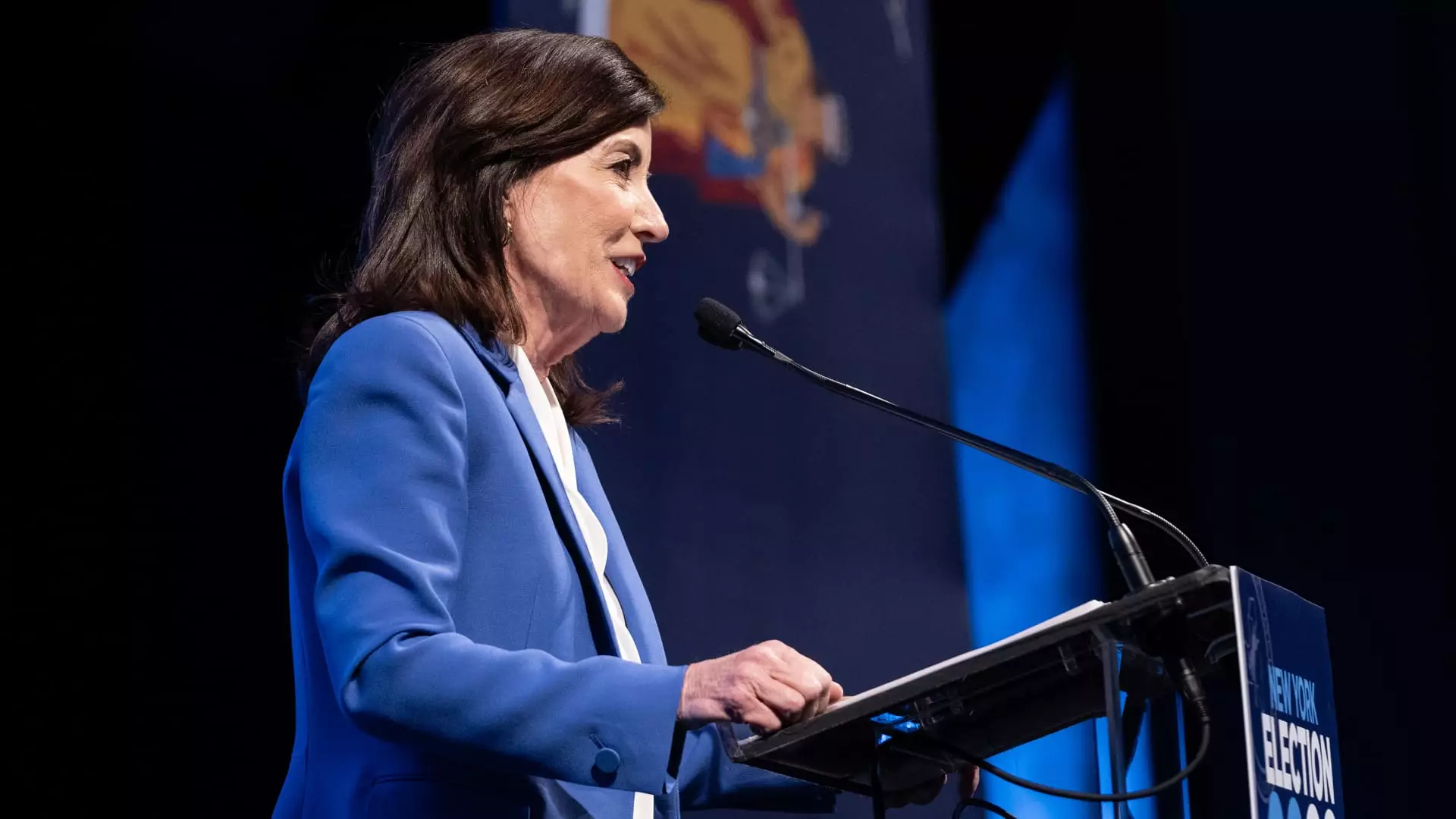New York has taken a pioneering step in combating climate change by introducing a program that provides homeowners with up to $14,000 in rebates for energy-efficiency upgrades. This initiative is in alignment with the federal Inflation Reduction Act, signed into law by President Joe Biden in 2022, marking it as the most significant climate legislation in U.S. history. The main objective of these rebate programs is to assist consumers in reducing their carbon footprint while also cutting down on their future energy bills. By encouraging the installation of air sealing, insulation, electric heat pumps, and electric stoves, states aim to promote energy efficiency at the household level.
Following New York’s lead, more states are anticipated to roll out similar rebate programs by the end of summer. The federal government allocated $8.8 billion for consumers through two Home Energy Rebates programs under the Inflation Reduction Act. By offering financial incentives to homeowners, these programs aim to facilitate the transition towards more sustainable living practices. States, territories, and tribes serving as administrators of these programs are required to apply for federal funds to make the rebates available to consumers. Thus far, seventeen states have submitted applications for Home Energy Rebates, with New York being the first to disburse funding to consumers.
New York’s rebate program consists of two main components: the Home Efficiency Rebates program and the Home Electrification and Appliance Rebates (HEAR) program. While the initial launch in May targeted a portion of the HEAR program, the state plans to apply for the second phase at a later date. It is crucial to note that the HEAR program is exclusively available to low and middle-income homeowners, with strict income criteria to qualify for rebates. For instance, households with incomes at or below 80% of the area’s median income are eligible for these incentives. The HEAR program outlines maximum dollar amounts for various projects, with the rebates being accessible through contractors who provide cost estimates inclusive of rebates.
Future Outlook for Energy Efficiency
Looking ahead, New York anticipates expanding the rebate program in the coming years to accommodate additional households. The state plans to extend eligibility to moderate-income residents, encompassing those with incomes between 80% and 150% of the area’s median income. Moreover, multifamily buildings and the purchase of energy-efficient appliances will be considered under the revised program. By introducing these enhancements, New York aims to reach a broader demographic and promote sustainable practices across diverse housing types. On the other hand, the Home Efficiency Rebates program remains technology-neutral, with states awaiting approval from the Energy Department to launch this initiative.
Through these state energy-efficiency rebate programs, homeowners have the opportunity to make meaningful contributions to reducing carbon emissions and enhancing energy conservation. By embracing these incentives, households not only benefit from reduced energy bills but also play a pivotal role in combatting climate change. As more states follow suit in implementing similar programs, the future of energy efficiency looks promising, paving the way for a sustainable and environmentally conscious society.

Leave a Reply